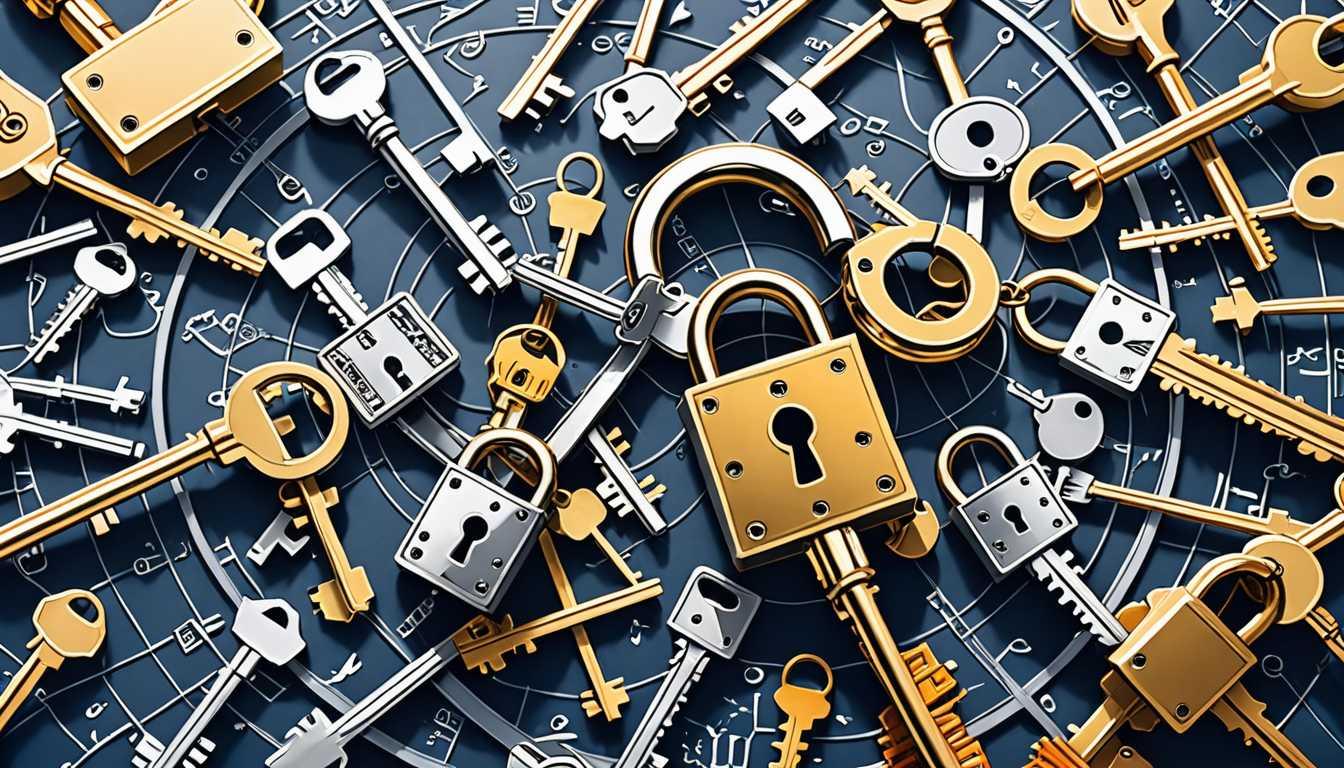Nuclear Close Calls: The Cold War Threats
January 2025
JSTOR Daily
Introduction
Ever wondered how close we came to nuclear war during the Cold War? This article from JSTOR Daily dives into those nail-biting moments where “oops” could have turned into “kaboom!” From false alarms to military mishaps, it’s a wild ride through history’s near-misses. Discover why arms control expert Milton Leitenberg thinks we dodged a major bullet (pun intended) and why the Cuban Missile Crisis was the closest we ever got. Buckle up and explore this gripping tale of tension and near disaster!
READ FULL ARTICLEWhy It Matters
Discover how this topic shapes your world and future
The Nuclear Game of Chicken
Imagine living in a world where the threat of nuclear war was a constant shadow over your everyday life. Understanding the history of nuclear weapons during the Cold War is crucial because it highlights humanity's struggle with power, fear, and the importance of diplomacy. The constant tension between the United States and the Soviet Union brought forth a host of close calls that could have changed the world forever. By studying these events, you gain insight into the significance of arms control and how decisions made in moments of panic can have far-reaching consequences. This topic connects with you today as it shapes current global politics and emphasizes the importance of peace, negotiation, and mutual understanding—skills that are vital for your future.
Speak like a Scholar
Arms Control
Agreements between countries to limit or reduce their weapons, especially nuclear ones, to prevent war and promote peace.
Defcon
A U.S. military readiness system that indicates how prepared the military is for war, with levels ranging from 5 (normal) to 1 (maximum readiness).
Cold War
A period of tension between the U.S. and the Soviet Union from roughly 1947 to 1991, marked by political conflicts, military build-ups, and the threat of nuclear war, but avoiding direct fighting.
Nuclear Detonation
The explosion that occurs when a nuclear weapon is detonated, releasing a massive amount of energy and causing widespread destruction.
False Alarm
An incorrect warning that suggests a missile launch or attack is happening, often caused by technical errors or misunderstandings.
Tactical Nuclear Weapons
Smaller nuclear weapons designed for use on the battlefield, which can be used for specific military objectives rather than large-scale destruction.
Independent Research Ideas
The Role of Communication in Cold War Decisions
Investigate how miscommunication between the U.S. and the Soviet Union led to crises and misunderstandings, and explore modern lessons on effective communication in conflict resolution.
Evolution of Nuclear Policies
Examine how nuclear policies have changed since the Cold War and what that means for current global security, analyzing treaties and diplomatic efforts.
Impact of Nuclear Weapons on International Relations
Study how the existence of nuclear weapons has affected alliances and conflicts in different parts of the world and how it continues to influence global politics today.
The Psychology of Fear in Military Strategy
Explore how the fear of nuclear war shaped the strategies and decisions of leaders during the Cold War, and consider how fear can influence decision-making in other contexts.
Secret Operations and Their Consequences
Research the impact of classified military operations during the Cold War on public perception and trust in government, and how transparency has evolved since then.
Related Articles

Lydia Maria Child: Abolitionist Hero
March 2023
Aeon

Rethinking Justice: Beyond Rawls's Vision
September 2022
Phys Org

Secrets and Codes: Venetian Merchants Unveiled
October 2024
JSTOR Daily

Colonial Shadows: Africa's Corruption Legacy
October 2020
London School of Economics (LSE)

Brainwashing: Myths and Science
April 2024
MIT Technology Review